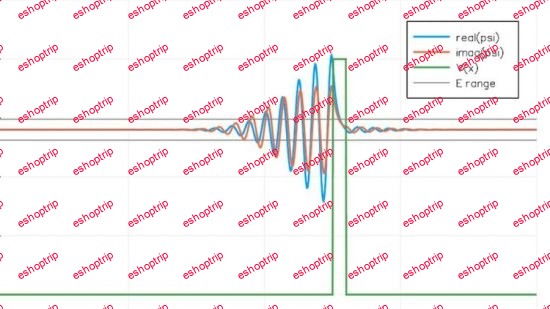Genre: eLearning | Language: English + srt | Duration: 7 lectures (59m) | Size: 786 MB
Quantum tunneling
What you’ll learn:
How to derive quantum tunneling from the Schrodinger equation
How to solve the Schrodinger equation
rectangular potential barrier
Requirements
familiarity with ODE’s (ordinary differential equations)
calculus (especially derivatives)
familiarity with kinetic and potential energy
familiarity with complex exponentials and hyperbolic functions
Description
With the discovery of Quantum Mechanics, strange new phenomena came about as a consequence of this new theory. One of these weird phenomena is Quantum tunneling, a new concept which admits of the possibility that a particle can penetrate a potential barrier even if -classically- it would not have the right amout of energy to overcome that potential.
This short (but dense) course is about showing how to derive this quantum tunneling effect from the Schrodinger equation. In order to do that, the so-called transmission coefficient must be calculated. This coefficient will be defined and derived in the course, and a comparison between quantum and classical mechanics will be made, highlighting the impossibility that this effect can occur in the classical world.
The prerequisites required to follow the course are:
1) basics of ordinary linear differential equations with constant coefficients (1st and 2nd order). However, the calculations are done step-by-step when needed.
2) The student should be familiar with complex exponentials and hyperbolic functions, because they appear in the formulae that are derived in the course.
3) the concepts of: total energy, kinetic energy, potential energy are a starting point in the course. Therefore, it is assumed that the student has acquired at least a comfortable degree of familiarity with these classical physics concepts.
Who this course is for
Students who want to grasp the nitty-gritty of quantum tunneling











Reviews
There are no reviews yet.